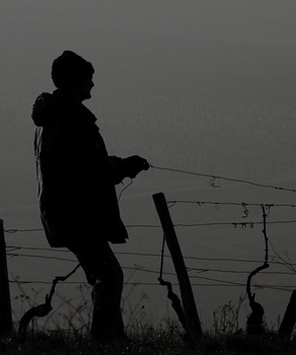The annual growth cycle of grape vines is the process that takes place in the vineyard each year, beginning with bud burst in the spring and culminating in leaf fall in autumn followed by winter dormancy.
Vineyard managers monitor the effect of climate, vine disease and pests in facilitating or impeding the vines progression from bud burst, flowering, fruit set, ripening, harvesting, leaf fall and dormancy reacting to these changes by the use of vine practices such as canopy management, irrigation, and vine training.
From a wine making perspective, each step in the process plays a vital role in the development of grapes with ideal characteristics for making wine.
Spring
The vines are growing strongly with bud burst, new shoots and the grapes are forming through flowering and setting of bunches.
Summer
In summer the vines are rich and productive. The grapes are formed and begin to colour and develop in size. The vines slowly deliver full flavour to the fruit in readiness of harvesting.
Autumn
The grapes have been picked and the vines are becoming dormant with leaves turning golden and the rows of vines separated by the beginnings of lush green grass.
Winter
In winter when temperatures are at their coolest the vines lose their leaves and are pruned to secure the next seasons productive harvest.
